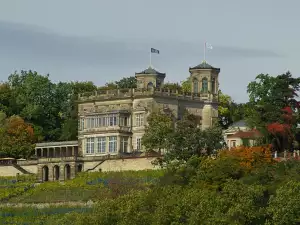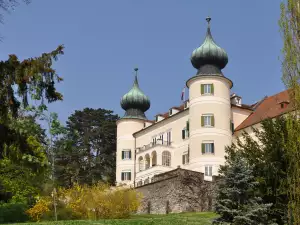Gyeongbokgung Palace
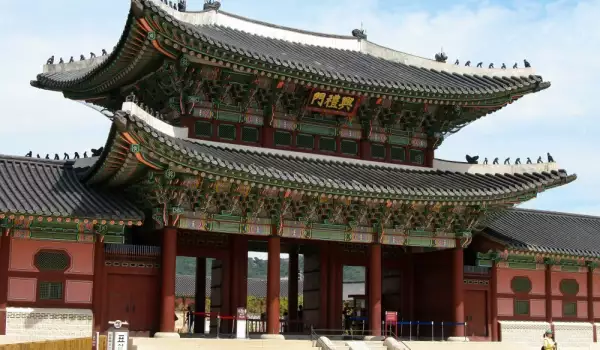
Gyeongbokgung Palace is located in the capital of South Korea - Seoul. Gyeongbokgung is known as the North Palace, because it is located within all five palaces in Seoul, which are the largest cultural and historical richness of the city and country .
Gyeongbokgung is located north of Changdeokgung, known as the Eastern Palace and Gyeonghuigung, also called West Palace. In 1997 these imperial palaces in Seoul were included in the list of World Heritage by UNESCO.
Palace Gyeongbokgung was originally built in 1394 but was rebuilt mainly in the form in which we see it today in 1867. Undoubtedly the palace Gyeongbokgung surpasses the other four's in Seoul with its size and grandeur as it is the largest of all, and according to many - the most beautiful.
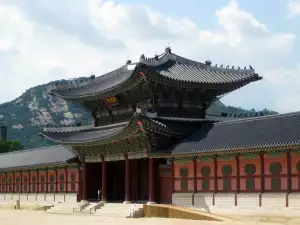
All five of the castles, including Gyeongbokgung were built by Dynasty Joseon. The name of Gyeongbokgung in English translation means, The Palace, blessed by the great heavens.
At the outset Gyeongbokgung was the largest among the palaces as its complex had a total of around 500 buildings. Even the most significant from a historical perspective, Chhangdokkung was built originally as its extension.
Gyeongbokgung was seriously damaged by the Japanese government in the early 20th century. According to Japanese beliefs and traditions and being consistent with their principles, during the strong Japanese occupation, the Japanese built their main office building right in the middle of Gyeongbokgung.
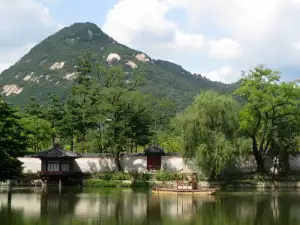
The main purpose of this was to stop the flow of energy. After the occupation of this building was demolished in 1997. The whole complex of Gyeongbokgung was gradually restored over the years to its original appearance, as this process runs today. According to official data from 2009, 40% of the buildings in the palace ensemble of Gyeongbokgung have been restored or are currently being restored.
In the 16th century a huge fire caused by Japanese attacks also damaged most of the complex Gyeongbokgung, but during the reign of King Gojong between 1852 and 1919 most of the 7, 700 rooms of Gyeongbokgung were fully recovered.
Today, visitors can enter Gyeongbokgung daily from 09:00 to 17:00, having previously paid an entrance fee.






